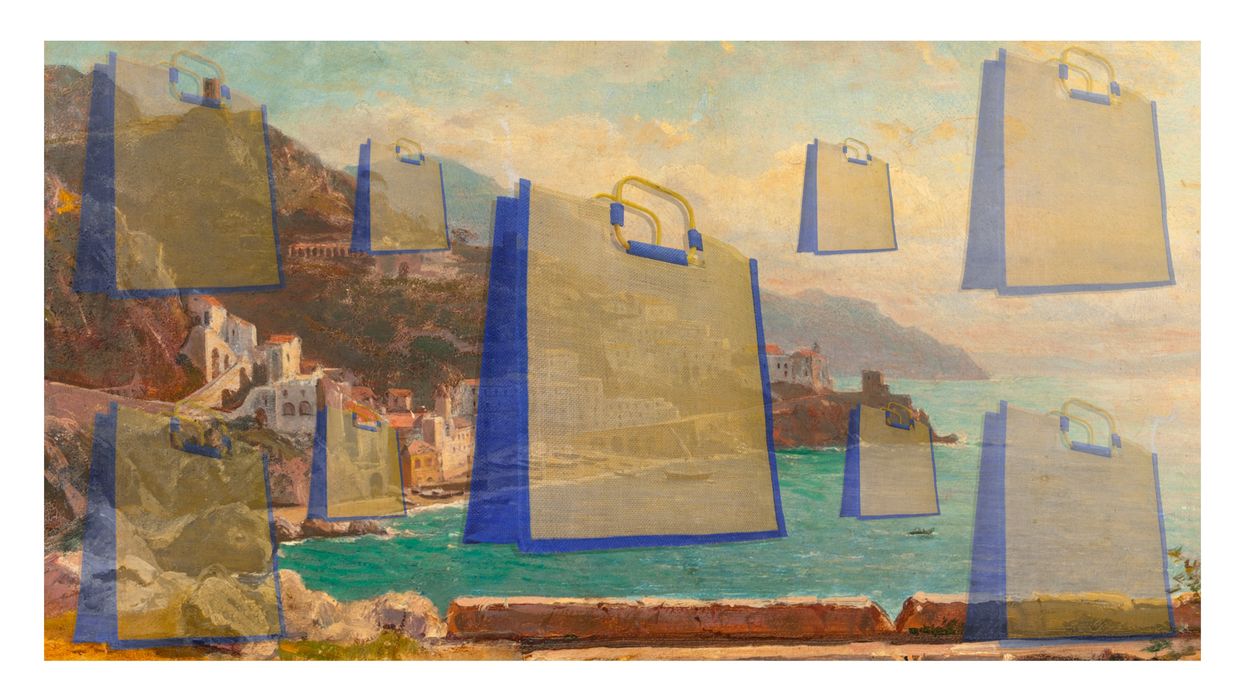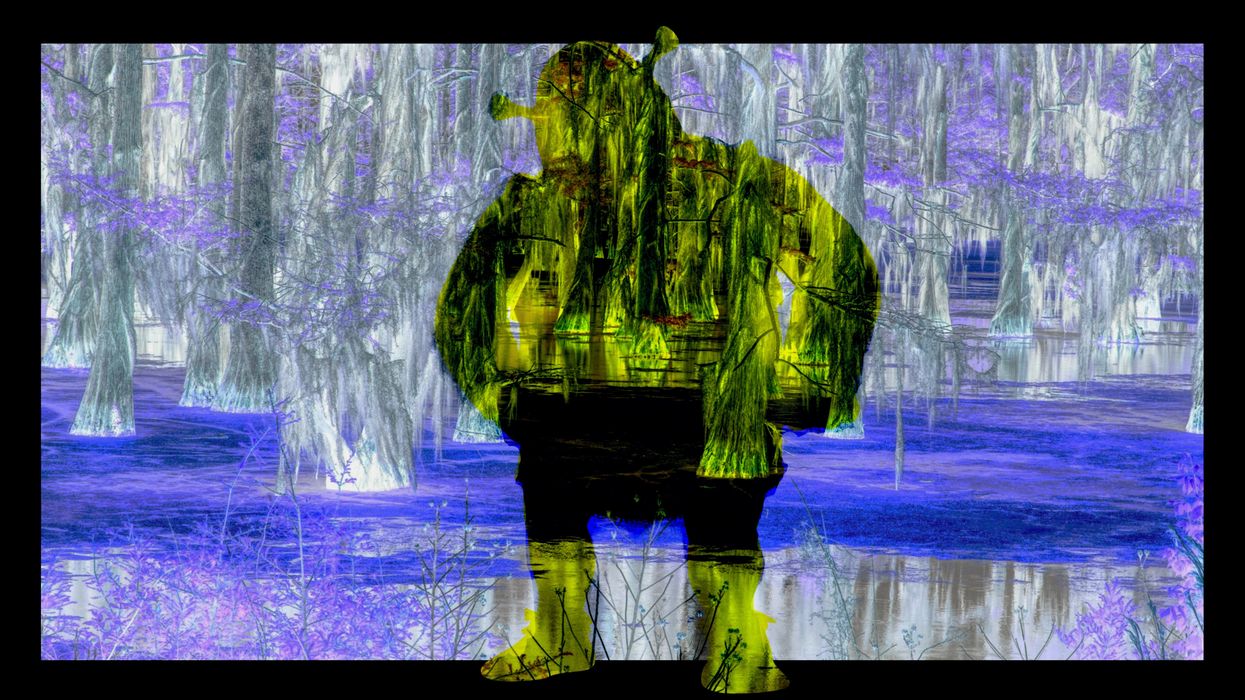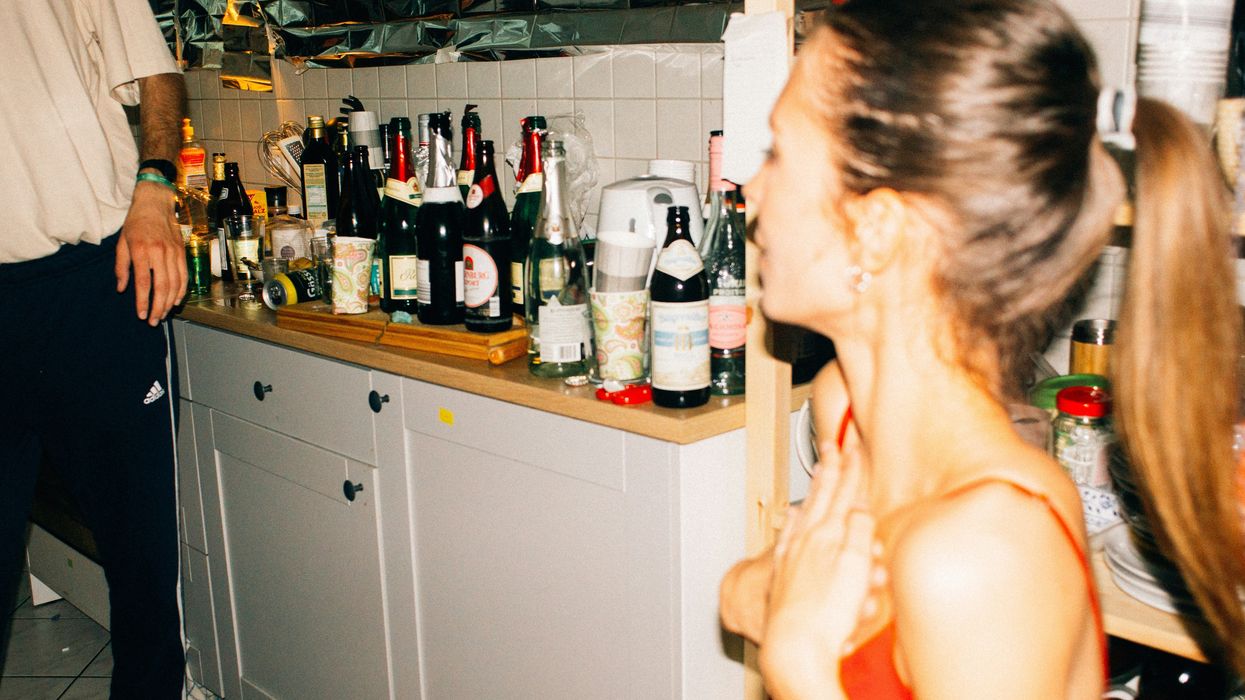Felix's Fashion Corner is a monthly trend report on Gen Z fashion trends and style.
In Florence, I met an elderly man named Enzo. He wasn’t too tall, with sunglasses, a newspaper and a cigar, but I stared at him in awe. I analyzed every piece of his outfit before asking him what he was wearing — most of which he didn’t know.
He was a mix of intrigued and amused as to why someone would show such interest in his outfit, which he didn’t think anything of. I knew his pants were vintage Polo corduroys from the ‘90s, dark blue but lighter at the knees and butt from all the loyal wear. His shirt was Ermenegildo Zegna, likely from the ‘70s or ‘80s, with thick vertical pinstripes in blue and white, tucked lazily yet precisely beneath a brass D-ring belt. His shoes were made of beautiful brown leather, Salvatore Ferragamos, recently purchased by his wife, Anna. It was a timeless outfit that screamed taste while only making a whisper, just like the outfits of most older Italians.
It was a stark contrast to what the younger generation seemed to be consuming, which was the same fast fashion I was seeing during the late 2010s and early 2020s in New York. It was the era of brands like Shein and H&M, where you couldn't escape seeing five pairs of the same baggy jorts with the same light wash and fake whiskering. And now, much to my surprise, I was seeing these types of clothes all over Italy.
I dedicated far too much time shopping there, seeing how the stores differed from New York, and trying to find out what people liked. It was a little unexpected, because apart from Milan and one street of thrift stores in Florence, everything was dull. It reminded me of a shitty Buffalo Exchange, but only the budget section, where fake Supreme and pre-owned Zara flourished. It made it seem like the younger generation was running away from the slow fashion of the older generations, who prioritized quality over speed and low prices.
In my opinion, the obsession with fast fashion comes down to cost, convenience and the rapid-fire trend cycle. Living in the digital age, you can buy a cheap pair of baggy jorts with two clicks of a button. And the fact that these pieces are constantly pushed and promoted through social media platforms and celebrity collaborations certainly doesn’t help.
They were major reasons why fast fashion was embraced by Americans during its earlier stages. But on-demand jorts and bandage dresses now seem to be losing their touch with younger people, especially in New York. Instead, we’re beginning to see a focus on buying secondhand, with an emphasis on vintage styles and sustainability. And while you still see cracks in this gap, it’s not like in Italy, where I saw deep crevices.
The same things that initially drew Americans to fast fashion are taking hold over there, but I also think there just aren’t as many options. Like I said, the thrift stores were lackluster, with a curation of terribly overpriced clothes that looked like they were imported from America and marked up accordingly. I remember seeing a pair of normal Carhartts — the kind you would see on Depop — with an annoying pinch at the knees that gives the pants a misleading shape. I asked for the price, expecting it to be €15-25, which would be a little less than at a New York thrift store. To my surprise, the teenager wearing a Pantera reprint shirt said €95, and I laughed, assuming it was a joke. It was not.
Everything comes down to capitalism. Between the omnipresence of digitized fast fashion and the overpriced Carhartts, it’s no wonder that fast fashion has such a grip on the youth of Italy. At least in New York, you can always find cheap second-hand items that will last you a lifetime. It’s something that a lot of Italian stores cannot say. And this is such a shame, considering how far a good vintage shirt and a pair of well-loved corduroys can take one's outfit.





![[10/10] La Chimera: A Dreamlike Descent Into Grief, Memory and Myth](https://vextmagazine.com/media-library/image.png?id=61454821&width=1245&height=700&quality=90&coordinates=0%2C0%2C1%2C0)










